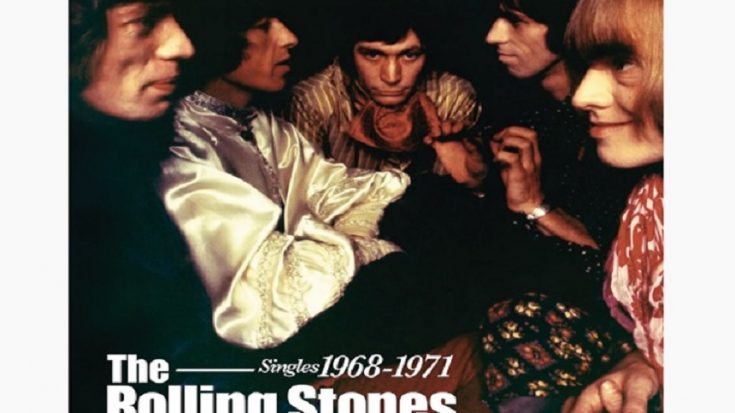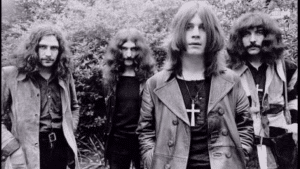10 Interesting Facts About ‘Honky Tonk Women’ By The Rolling Stones

Honky Tonk Women - The Rolling Stones /YouTube
The Rolling Stones have proved their superiority once more when they released one of their most beloved singles of all time, the “Honky Tonk Women.” This was a telltale sign that the band was starting to tilt on the stealthier and funkier musical direction, on top of their usual nitty-gritty; a thing that helped them boost their forever drifting careers of fame and fortune.
- If you can observe the song’s verses, it does not contain a stint of bass lines.
- The band was supposed to emulate a copy of Hank Williams’ “Honky Tonk Blues”. This decision was further rejected since they wanted to release this as a single. The idea for the country song version (named “Country Honk”) was later reverted to the Stones’ Let It Bleed album.
- Aspiring drummers often learn the tempo of this song because it helps them practice their pattern movement of both feet and hands.
- The single was often used in a film or a series to introduce the “femme fatale” character.
- This song was banned in China for its subtle lyrics about sex, to which the band is known for crafting such.
- The Rolling Stones love to play this song mostly at their shows. Such performance includes stunning theatrics for everyone to enjoy.
- Keith Richards prematurely knew that the song was going to be a hit. He predicted it correctly, topping the charts in 7 countries.
- The song was inspired by a trip that Richards and Mick Jagger took to Brazil. A supposed-to-be country song eventually “metamorphosed” itself into a new blues song, and the rockers loved it so much.
- This was the first recording joined by Mick Taylor, as a replacement of the band’s founding leader Brian Jones in lead guitar. Jones’s drug addiction became so problematic that the band had to fire him after the “Honky Tonk” sessions.
- Coincidentally, the single was released on July 3, 1969— the same day that Brian Jones was found dead in his swimming pool.












